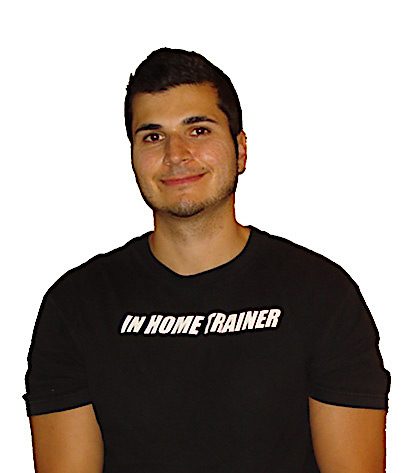A parent’s innovative approach to fitness for their autistic son focuses on personalized, home-based activities. Using sensory equipment and creative exercises like obstacle courses and balance challenges, father and son turn challenges into growth opportunities and extend a positive relationship with physical activity and empowering their son to embrace fitness with enthusiasm.

From an early age, it was clear that my son had his own interests and challenges when it came to physical activities. While other kids thrived in team sports and structured classes, he found comfort in solo play and struggled with traditional fitness routines.
A more recent attempt at soccer and karate classes highlighted his need for a different approach—one that caters to his interests and keeps him engaged. One vivid memory that stands out is when we introduced him to bike riding. His younger sister, just a few years his junior, seemed to grasp the concept effortlessly, zooming around our courtyard with glee. Meanwhile, my son struggled to find his balance, his frustration palpable as he watched his sister master a skill that eluded him at the time. It’s a moment that tugs at my heartstrings, realizing the unique challenges he faces on his fitness journey.

Since then, however, our home has become a haven for innovative fitness activities. With my background as a certified personal trainer, I introduced sensory equipment like bouncy balls and balance tools, turning workouts into playful adventures that captures his imagination. Rather than forcing structured routines, we embrace spontaneity and creativity, incorporating games and challenges that make exercise feel like a thrilling adventure rather than a chore. Despite initial challenges like walking on his toes, which tightened his calf muscles, and struggling with balance, we turned these hurdles into opportunities for growth. Through targeted stretches and exercises tailored to his needs, we worked on building strength, improving coordination, and fostering a positive relationship with physical activity. Each small achievement, whether it’s mastering a new exercise or completing a workout challenge, fills him with a sense of accomplishment and pride.
Four exercises you can do at home

Here are four exercise examples that a parent can do with their child to help improve balance, coordination, and strength, while making fitness fun and engaging:
Obstacle Course Adventure
- Set up a mini obstacle course in your living room or backyard.
- Use pillows, cones, and chairs for your child to jump over, crawl under, and weave through.
- This helps improve agility and makes exercise feel like an exciting adventure.
Balance Beam Challenge
- Use a piece of tape on the floor as a makeshift balance beam.
- Encourage your child to walk forward, backward, and sideways along the tape.
- This activity enhances balance and coordination.
Bouncy Ball Fun
- Have your child sit and bounce on a large exercise ball.
- Incorporate games like passing a smaller ball back and forth while balancing.
- This strengthens core muscles and improves balance.
Animal Walks
- Turn movement into play by doing animal walks together.
- Examples include walking like a bear, jumping like a frog and crab walks.
- These exercises build strength and coordination in a fun, imaginative way.

As a personal trainer, I dedicate my career to helping individuals like my son navigate their fitness journeys from the comfort of their homes. I understand that traditional fitness routines may not suit everyone, especially those with unique needs or challenges. That’s why my focus is geared towards helping kids and young adults on the spectrum by specializing in personalized fitness programs that cater to their interests, abilities, and goals.
Through this journey, I’ve come to realize that every child’s path to fitness is unique, and it’s essential to embrace their individuality rather than fit them into rigid moulds. My son’s journey has taught me the power of patience, creativity, and adaptability when it comes to nurturing a love for movement and fitness.
I believe in this personalized approach and in offering support, guidance, and tailored fitness programs that make exercise enjoyable and effective for everyone, regardless of age or ability. My goal is to empower individuals to embrace fitness as a lifestyle, right from the comfort of their own homes.
Stay active, stay playful, and keep having fun!
For more info on our fitness program for autistic children and young adults visit us here.